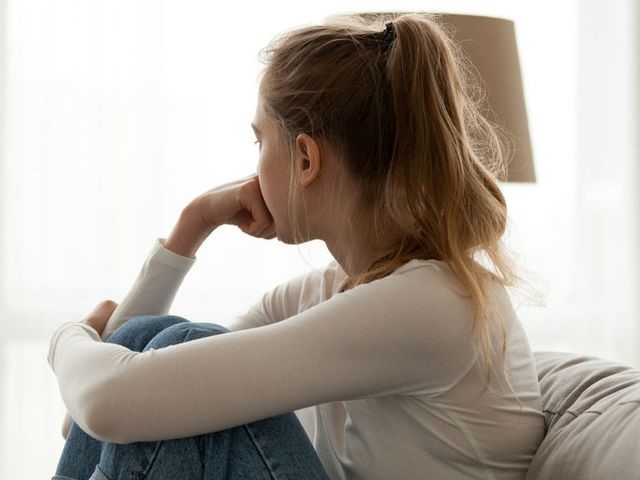What are Anxiety Disorders
What are anxiety disorders?
We all know what it feels like to be anxious. Have you ever felt butterflies in your stomach before a first date? Or nerves before giving a speech? Maybe your palms get sweaty or your heart beats fast in dangerous or difficult situations. These feelings are normal. But what if you feel anxious most of the time?
What if you have no reason to feel this way? What if you find yourself avoiding daily routines or activities? What if you feel paralyzed by your own nervousness? That’s what life is like for those who suffer from anxiety disorders. They are biologically based mental illnesses.
What are the different types of anxiety disorders?
Panic disorder
People who have panic disorder experience panic attacks. Panic attacks are extreme instances of fear or discomfort. They begin suddenly and reach a peak, usually within ten minutes. Panic attacks present physical symptoms such as:
- Heart palpitations
- Sweating
- Tremors
- Shortness of breath
- Choking sensation
- Chest pain
- Nausea
- Dizziness
- Disorientation
- Fear of losing control or dying
- Numbness
- Chills
- Hot flashes
Panic attacks are usually accompanied by a sense of impending danger or a strong desire to escape. Attacks may be triggered by specific events, or they may occur spontaneously. The frequency of attacks varies from person to person.
To receive a diagnosis of panic disorder, you must have:
- Panic attacks followed by at least one month of continuous worry about the possibility of having more attacks.
- Concern about why the attacks occurred and what they mean (fear of having a serious physical illness or of “going crazy” is common).
- A significant change in behavior because of the seizures (many feel the need to avoid or run away from certain situations or places).
Women are twice as likely to develop panic disorder compared to men. The age at onset varies, but rates gradually increase throughout puberty and peak in adulthood. Approximately one in three people with panic disorder develop agoraphobia. If you are seeking a source of inspiration and guidance, please check the best cbd for anxiety uk for more info.

Phobias
Phobias are exaggerated, involuntary, and irrational fears. Phobias are fears of certain situations or things. They are generally divided into three different types: specific phobias, social phobias, and agoraphobia.
Specific (or simple) phobia: This type is caused by a specific situation or object. Common phobias include flying, heights, needles, or snakes. Women are twice as likely to be affected as men. They usually first appear during childhood.
Social phobia (social anxiety disorder): Social phobia is limited to social situations. It involves an extreme fear of meeting new people. People with social phobia are afraid of being embarrassed, humiliated, or judged by others. It is equally common among men and women. It usually first appears in mid-adolescence. And it is more common in people who are shy in childhood.
To receive a diagnosis of a social or specific phobia, you must meet three criteria: exposure to the feared situation or object must induce anxiety, you must recognize that your fear is irrational, and your phobia must be disruptive to your lifestyle.
Agoraphobia: People with agoraphobia have an intense fear of being trapped. Or they fear not being able to find help if they have a panic attack. Large crowds or being alone in an open space often trigger this phobia. People with agoraphobia often avoid these situations.








